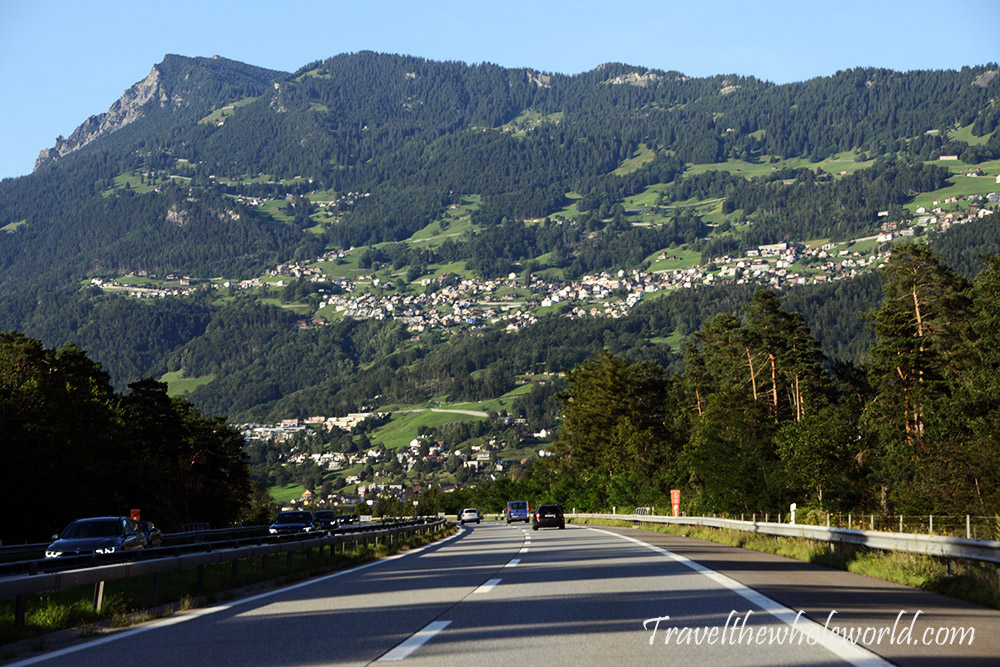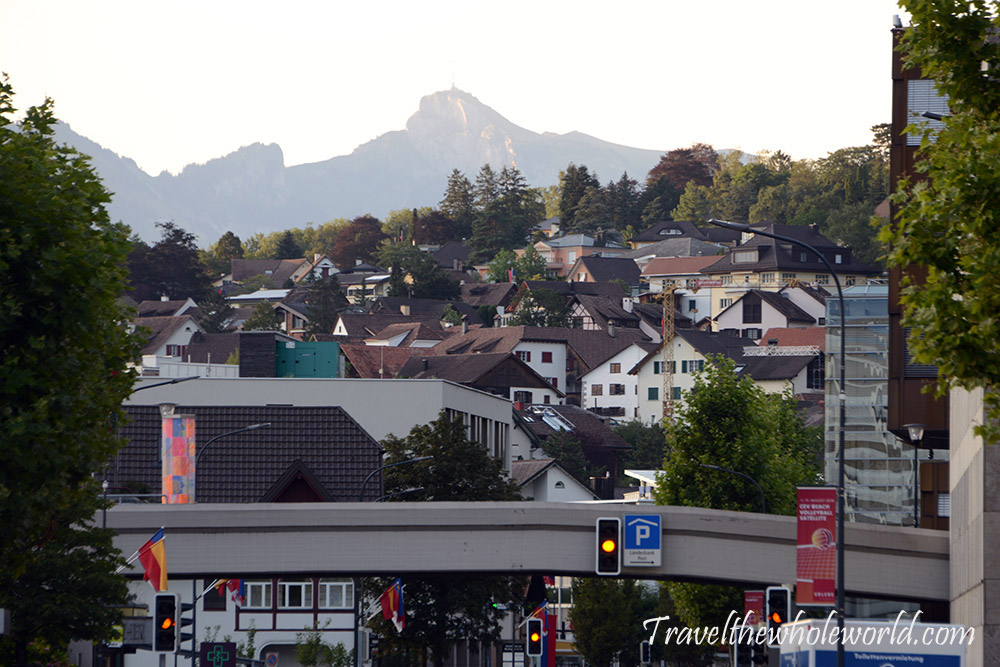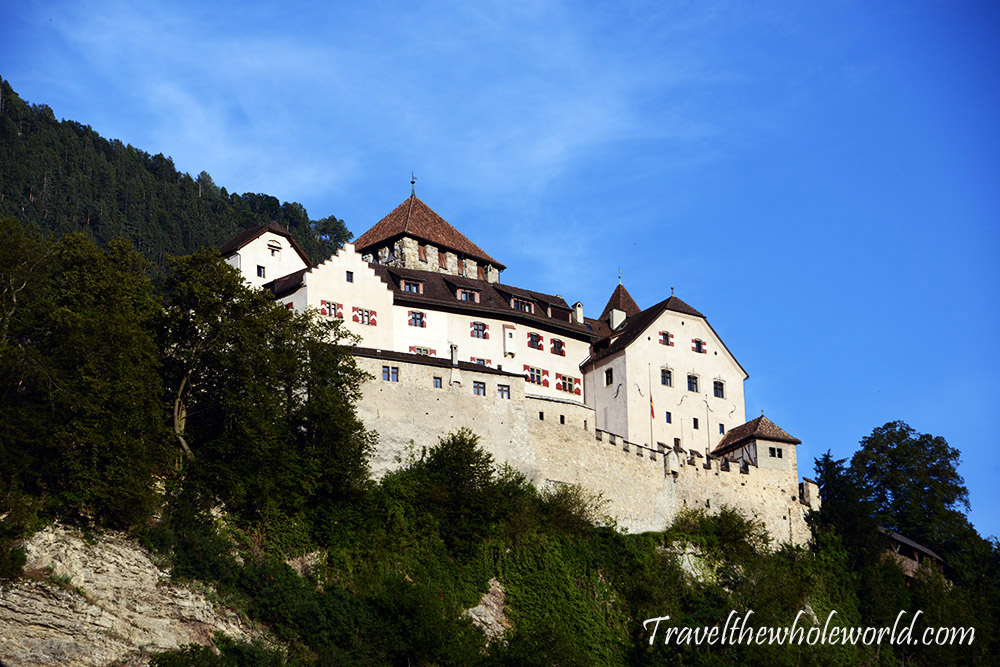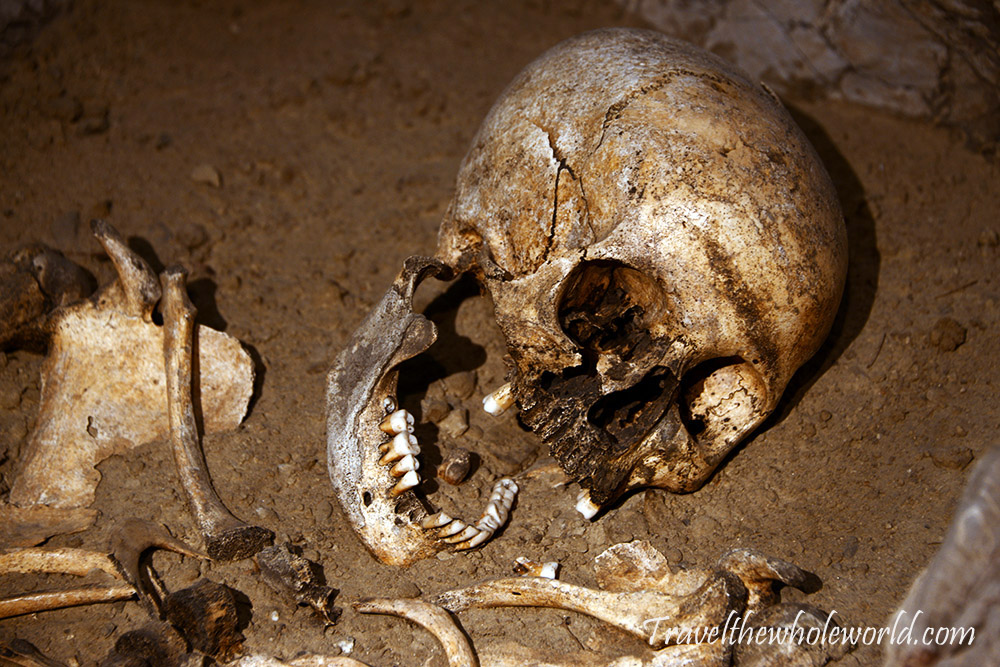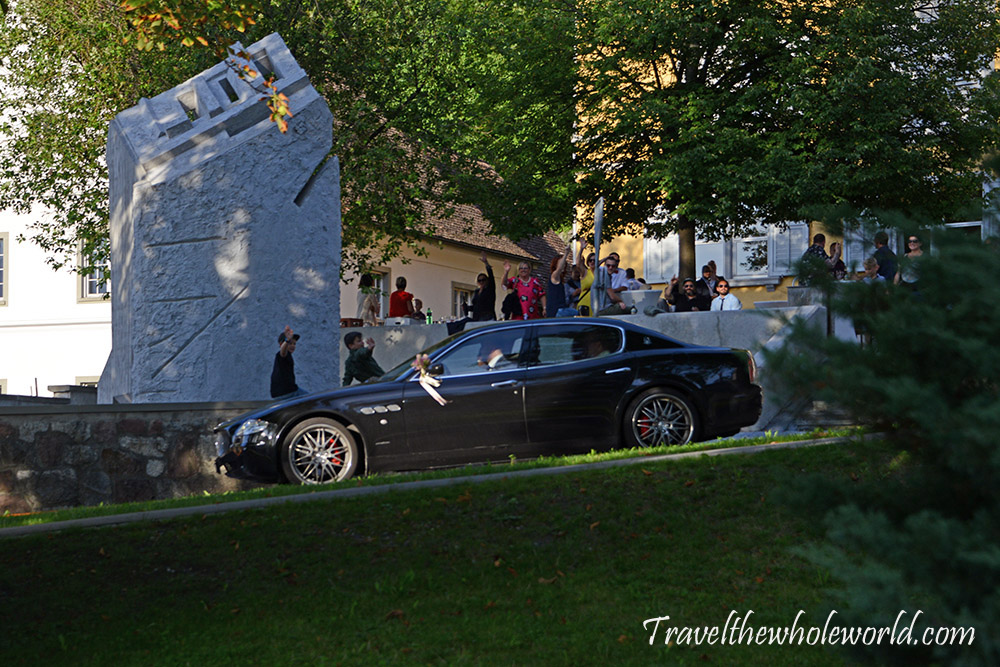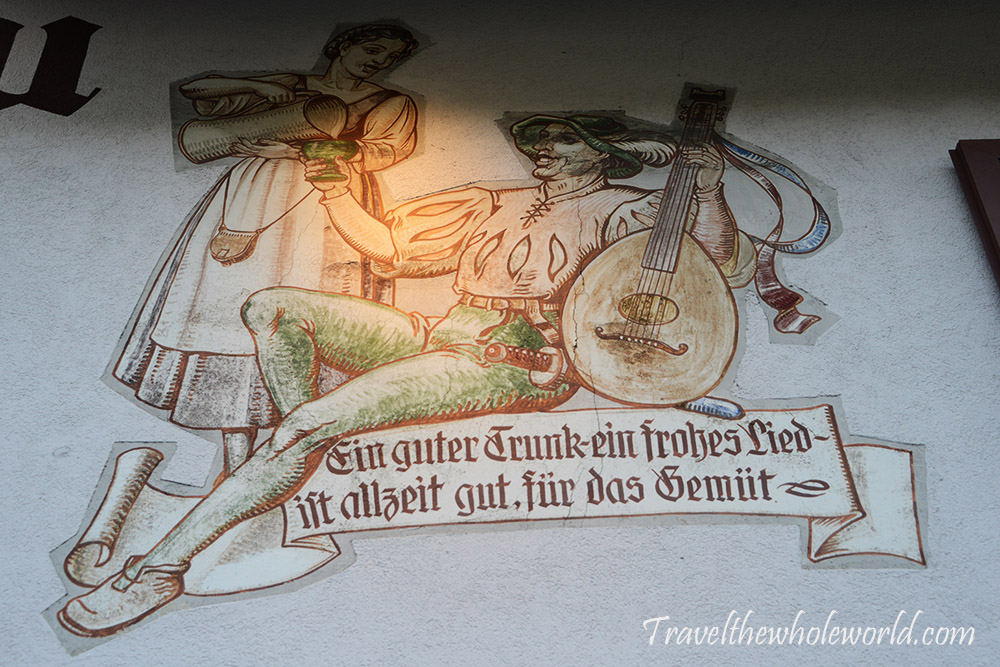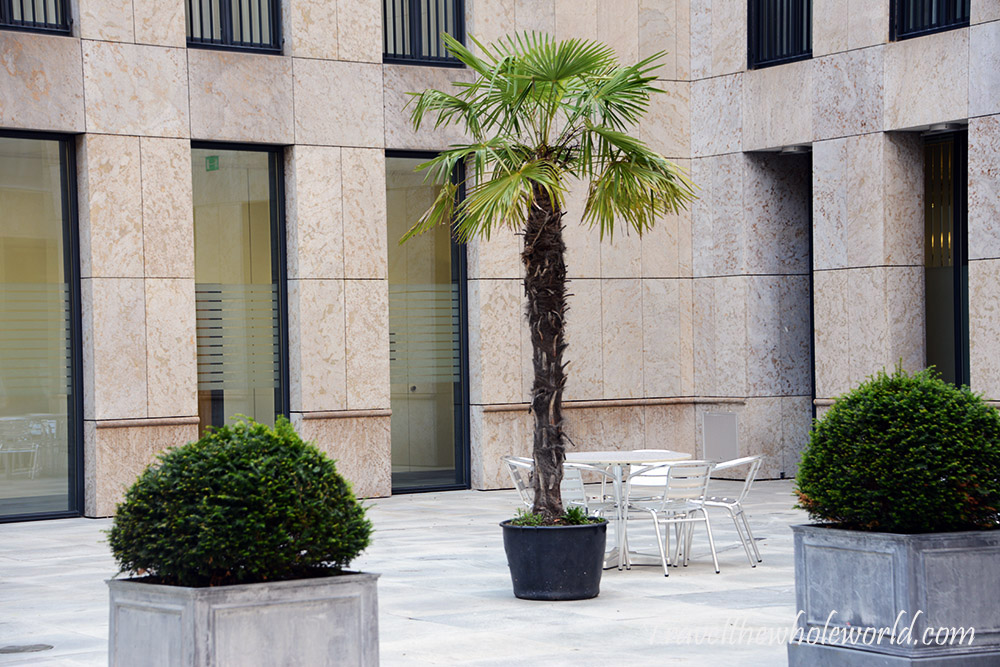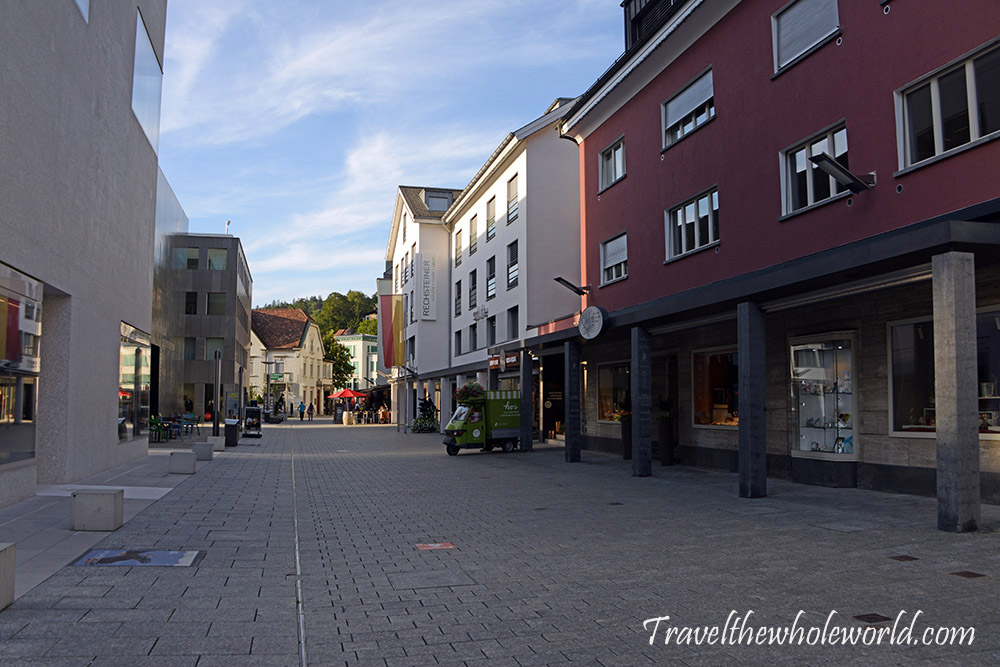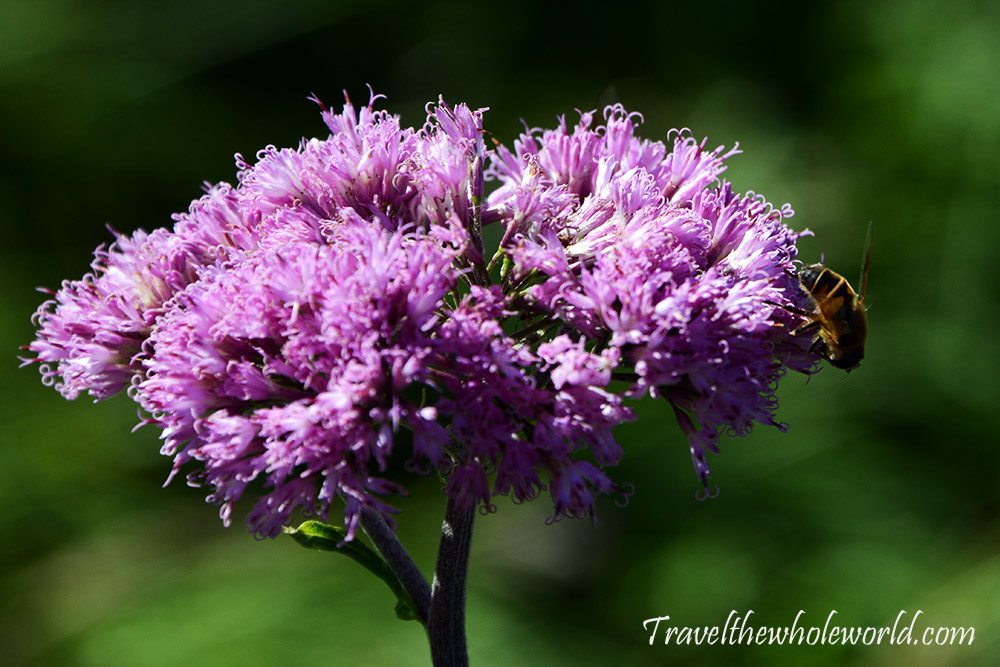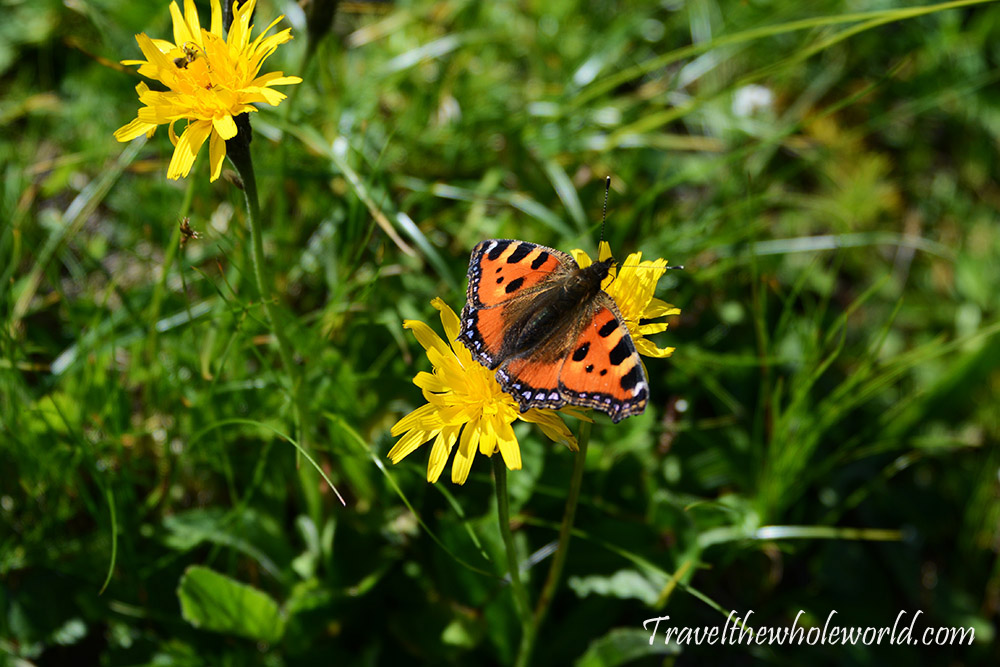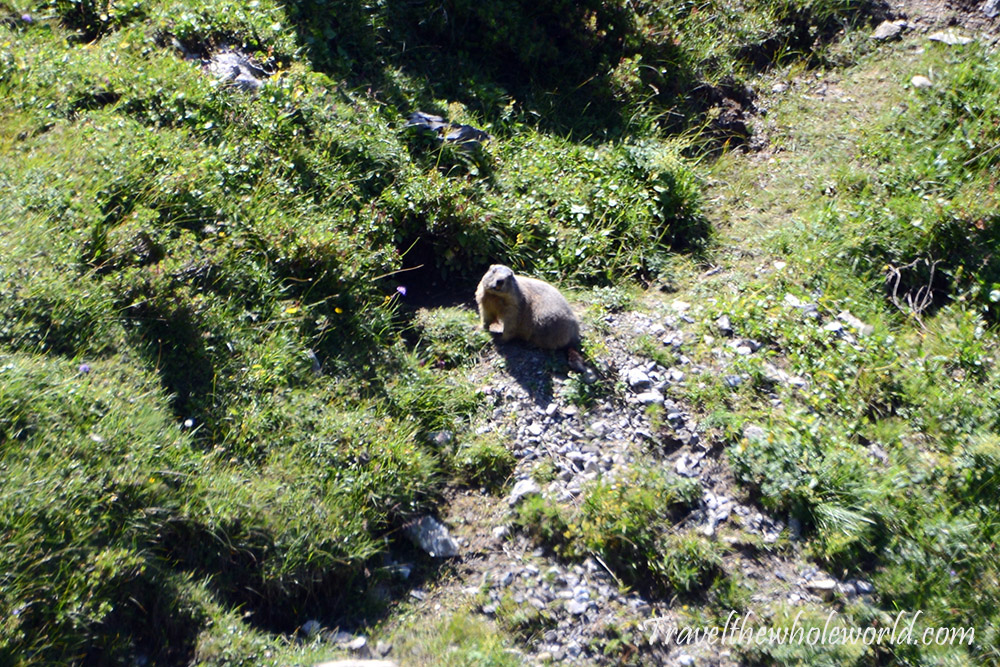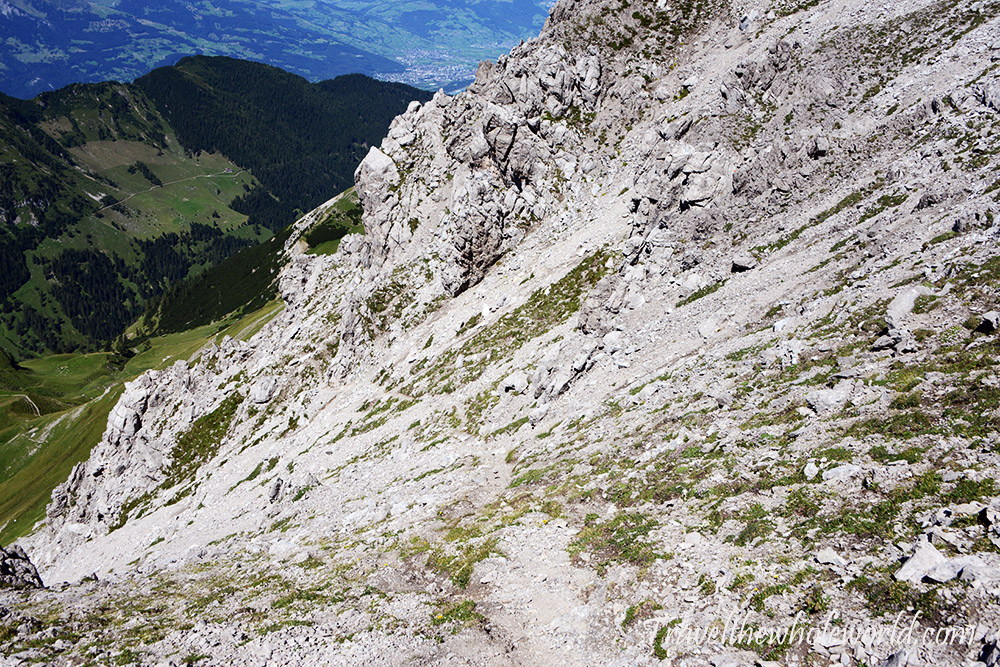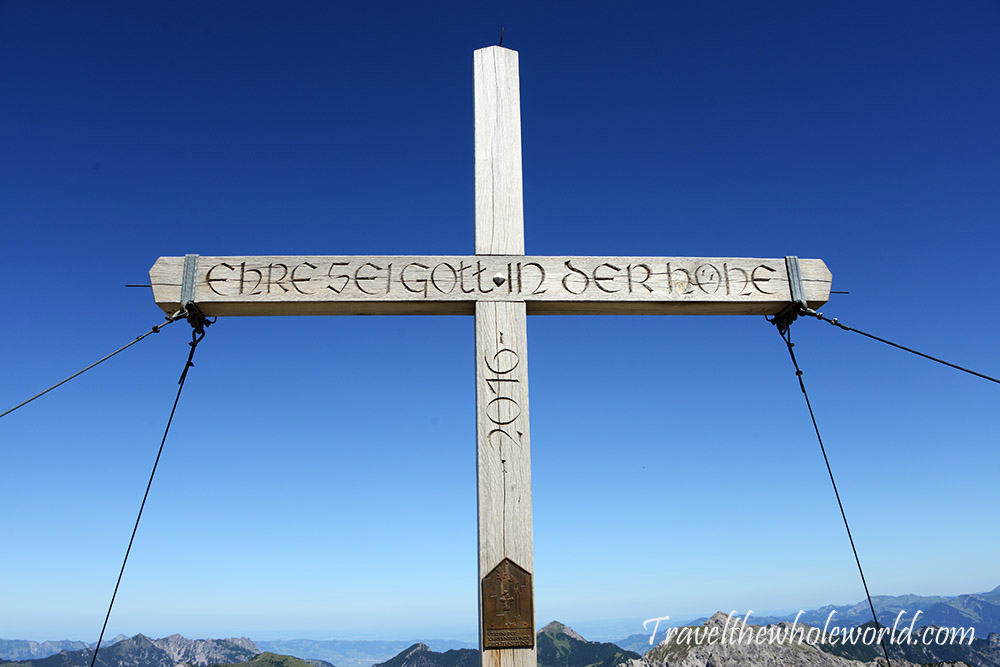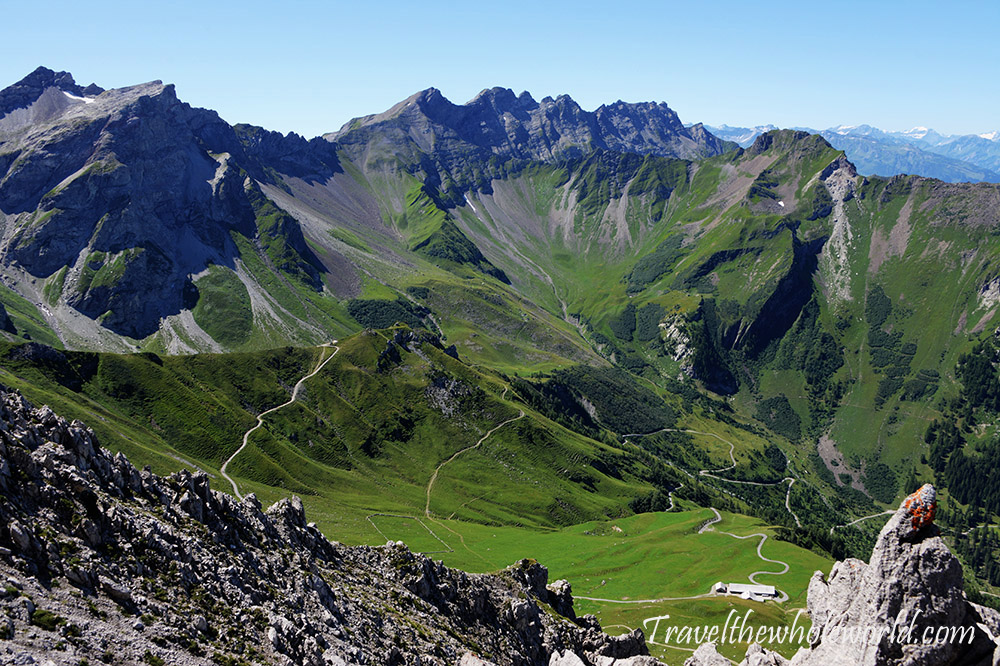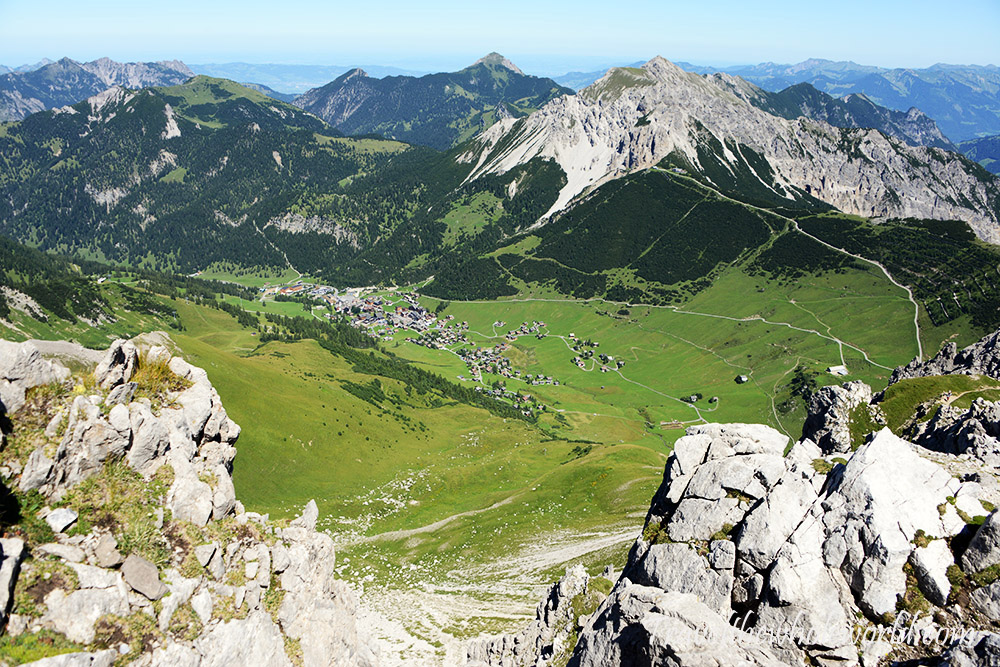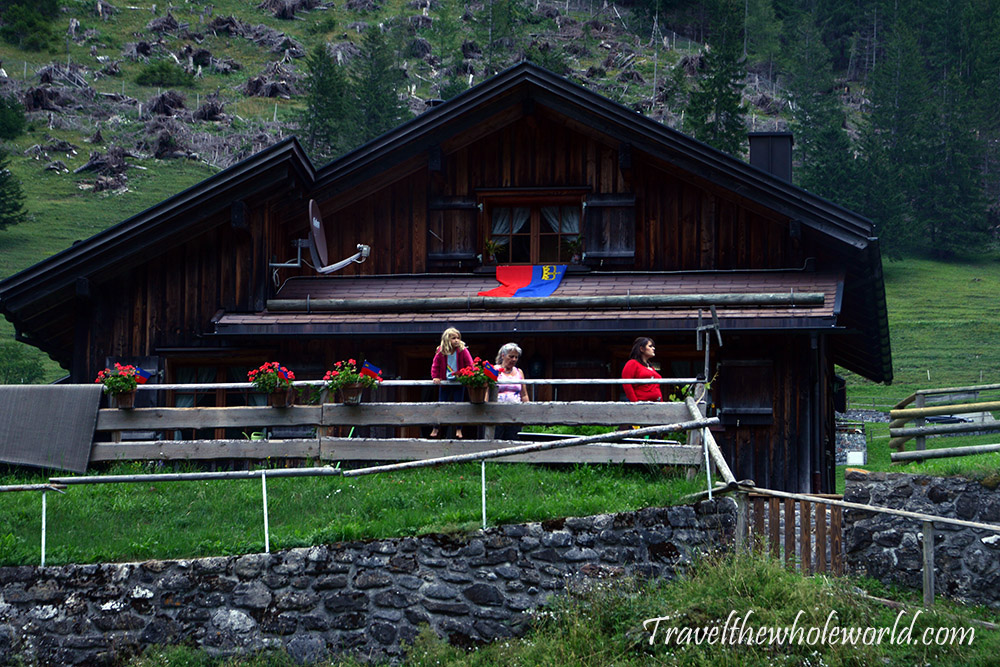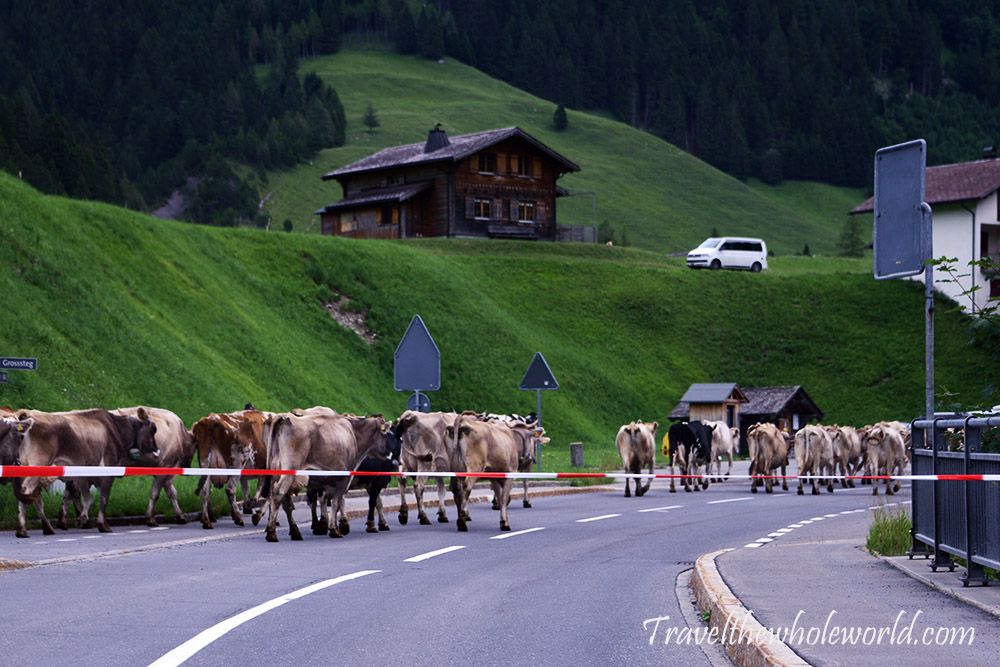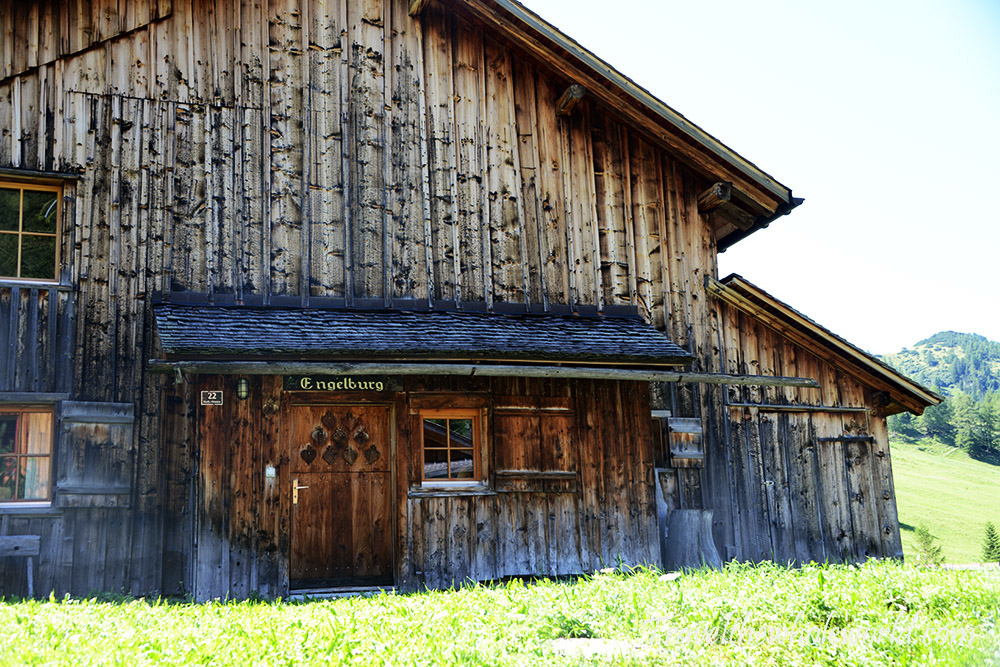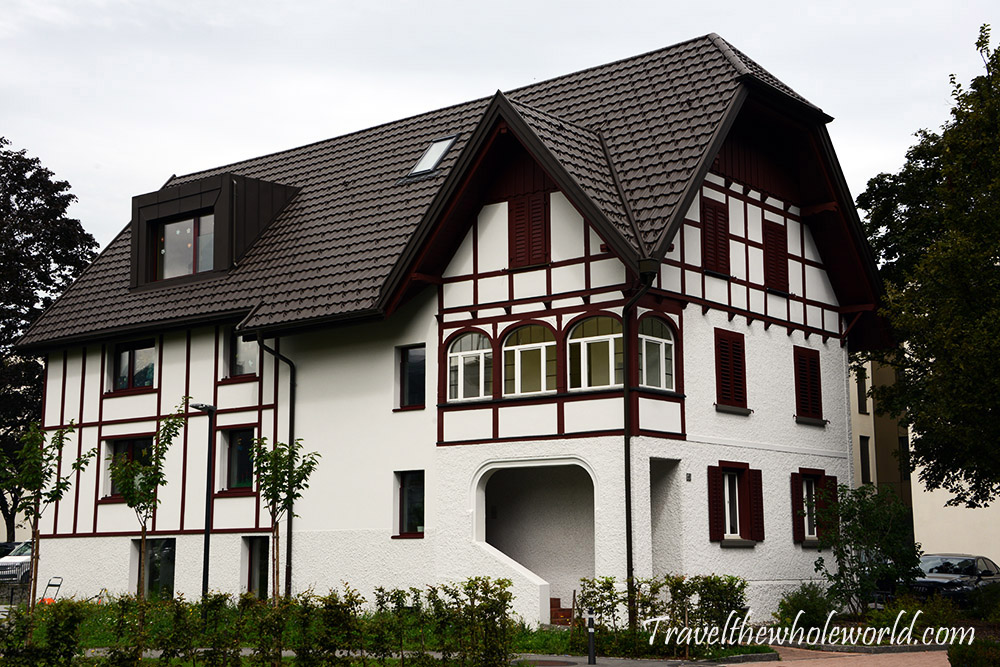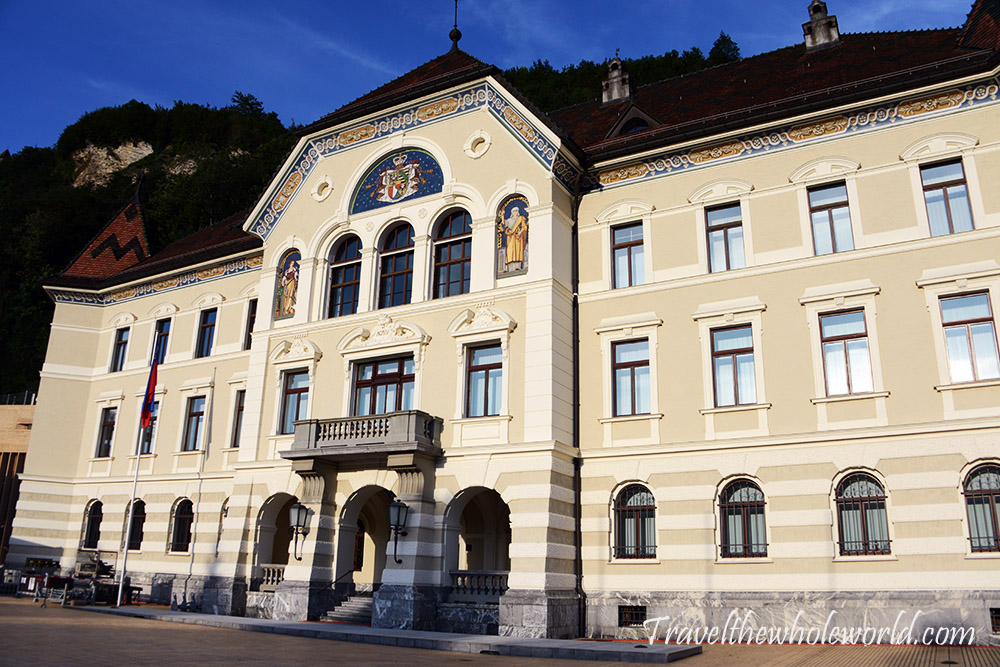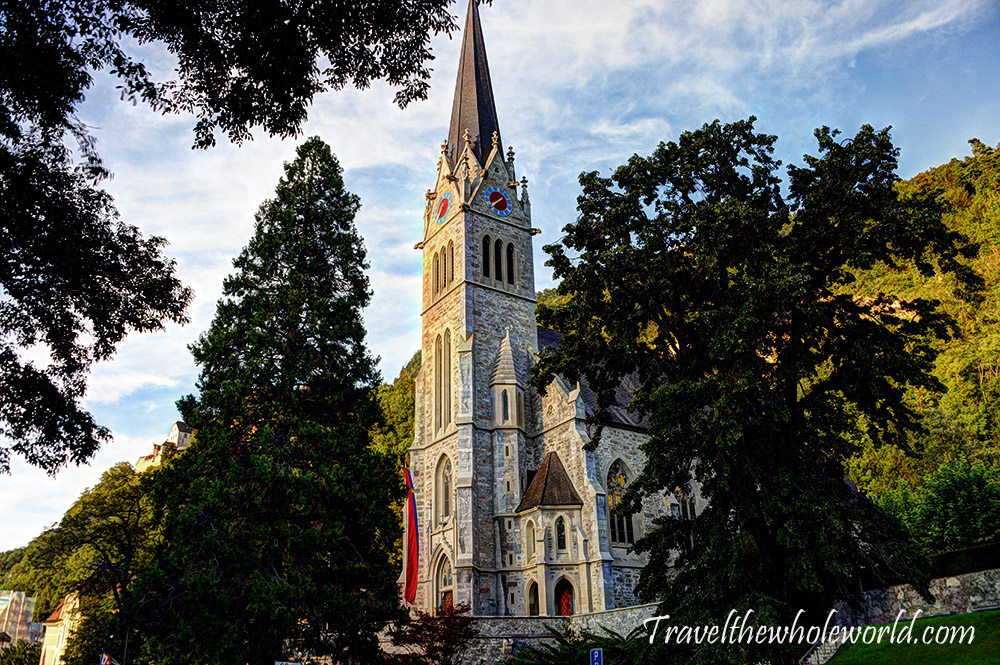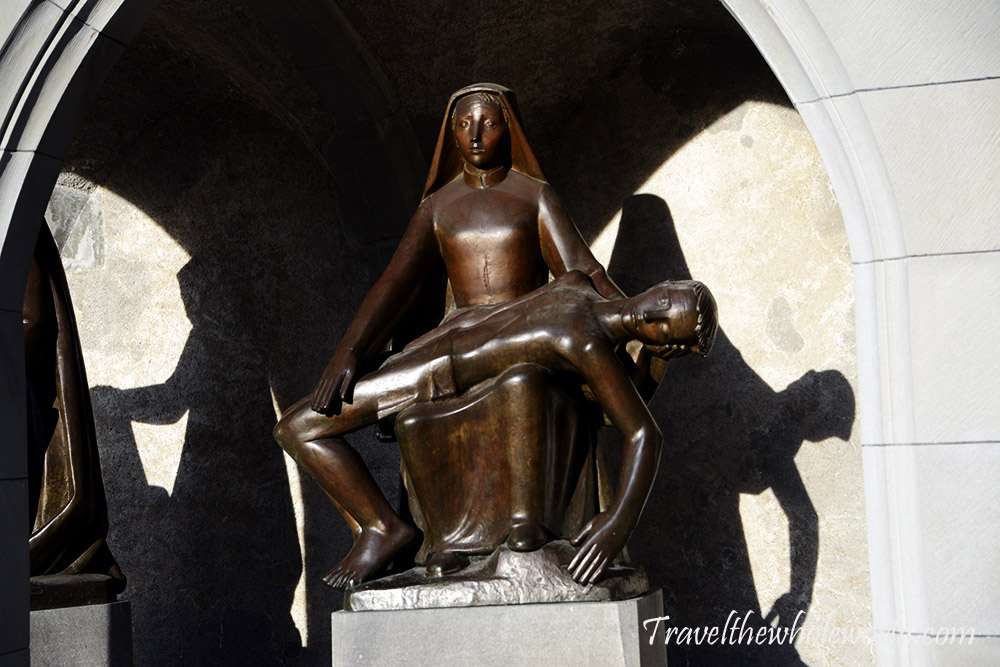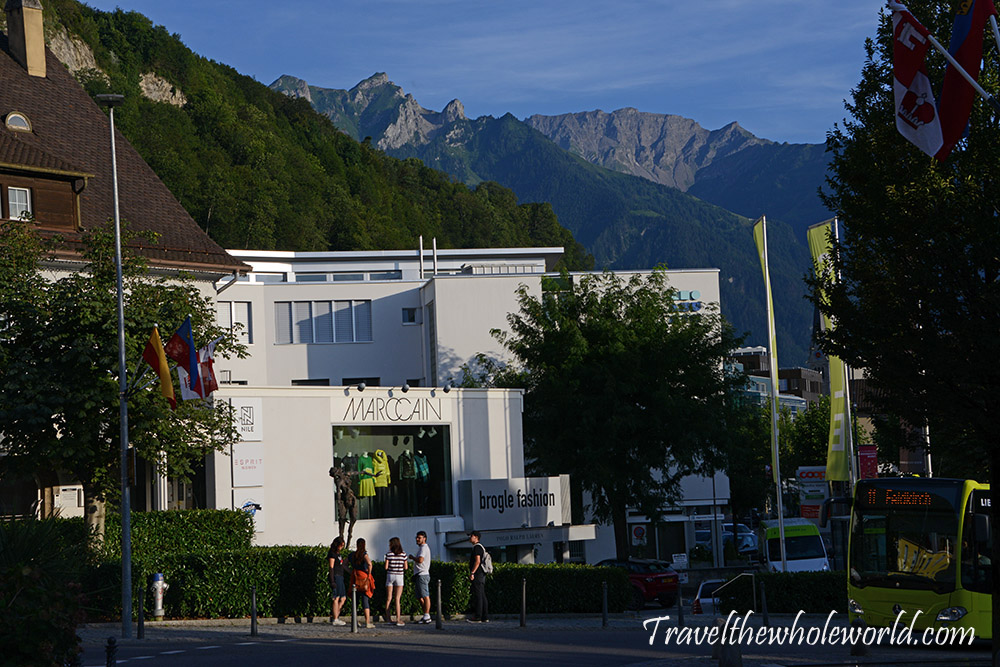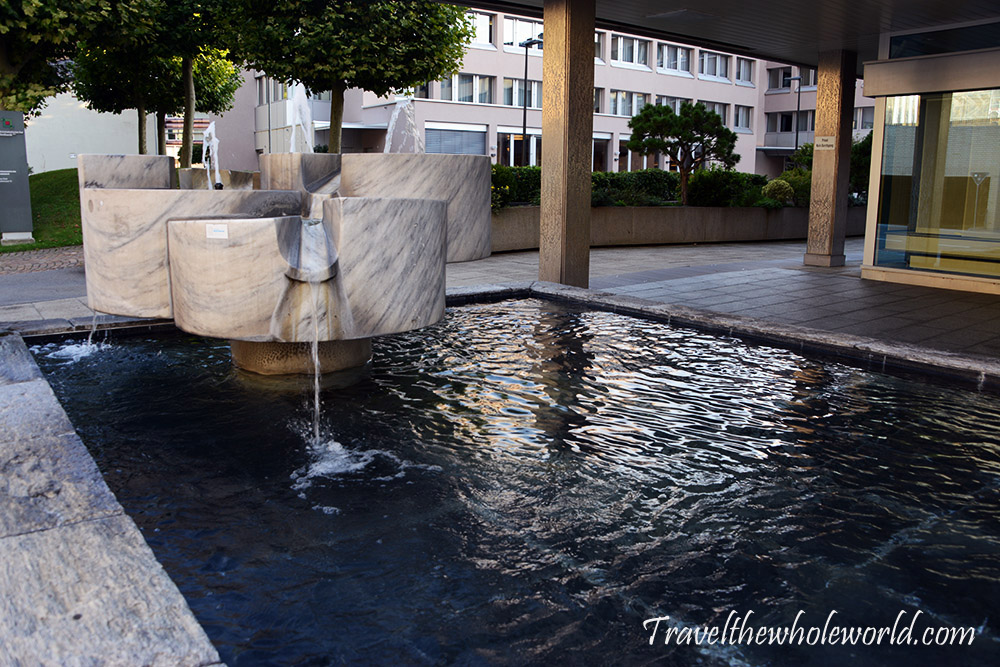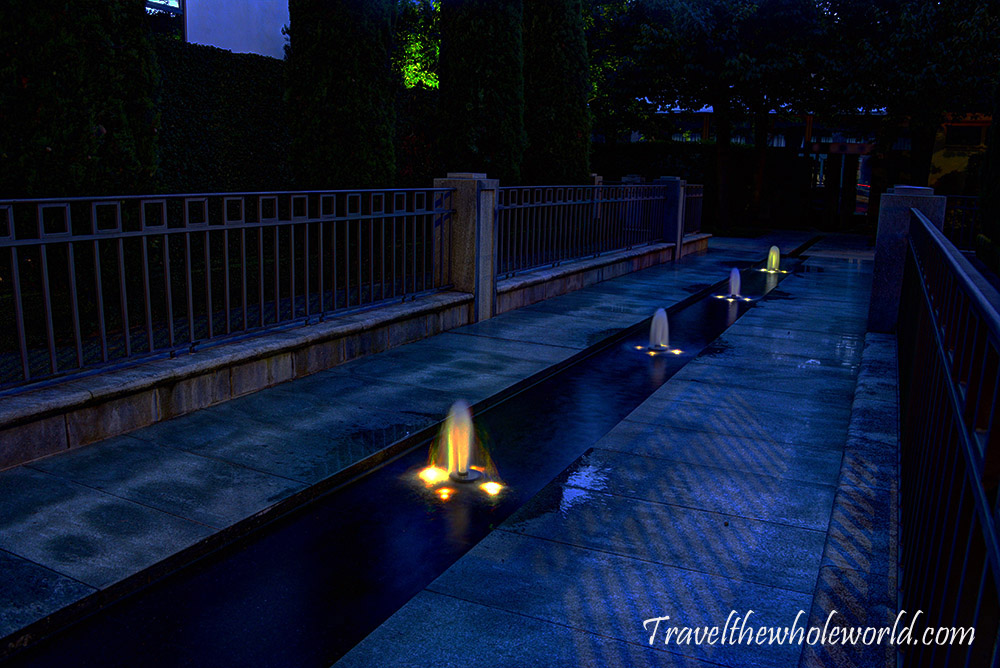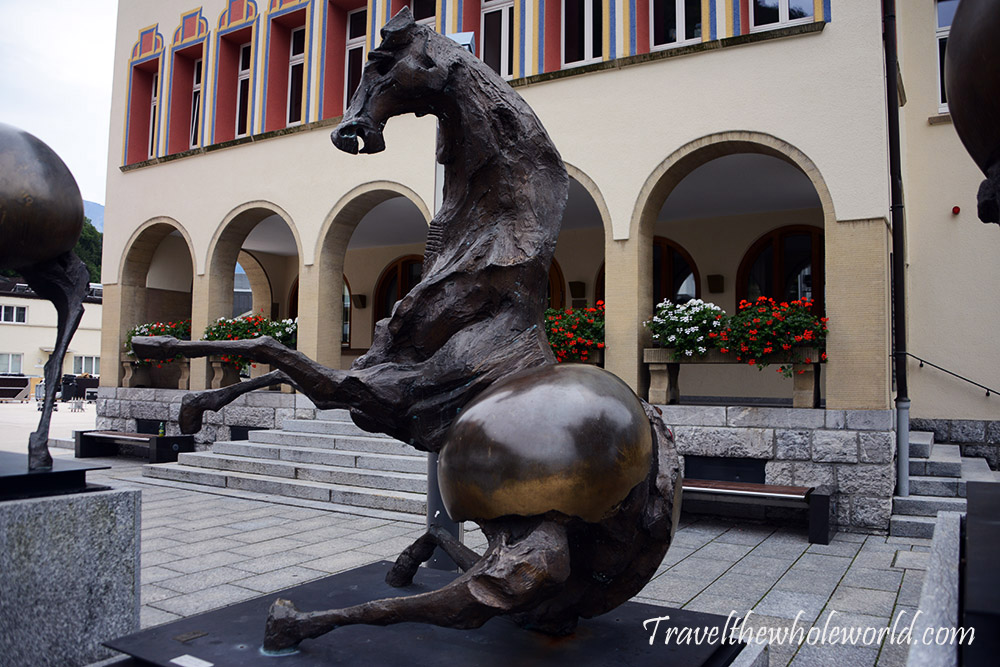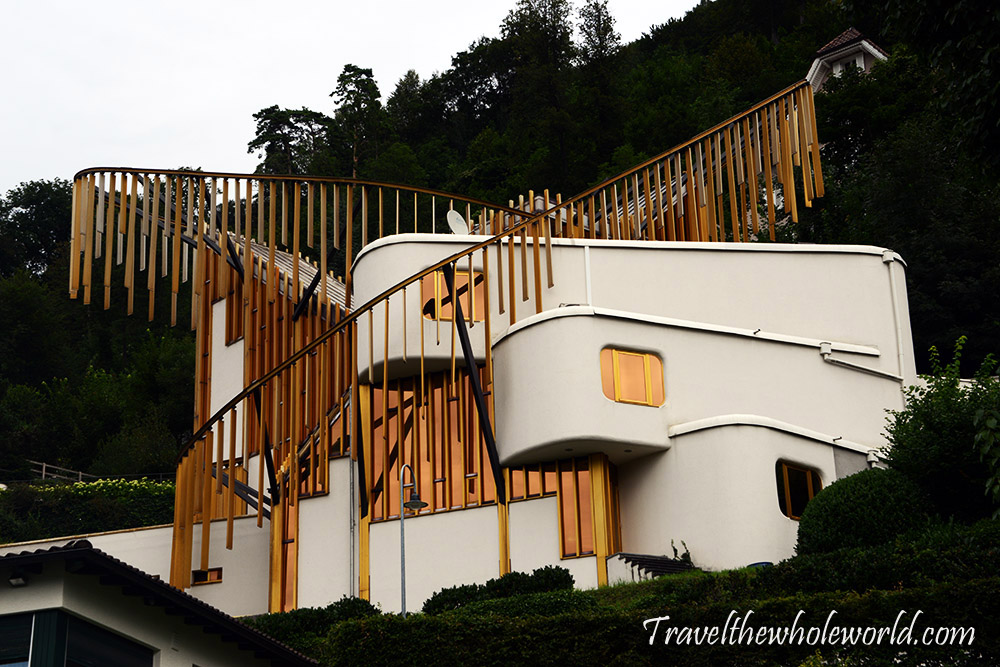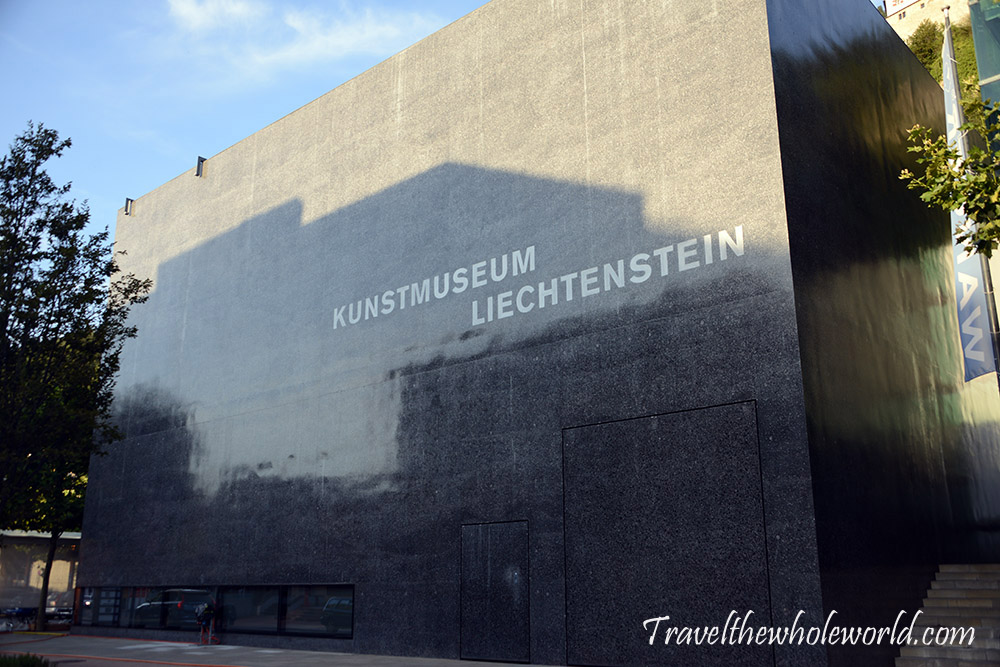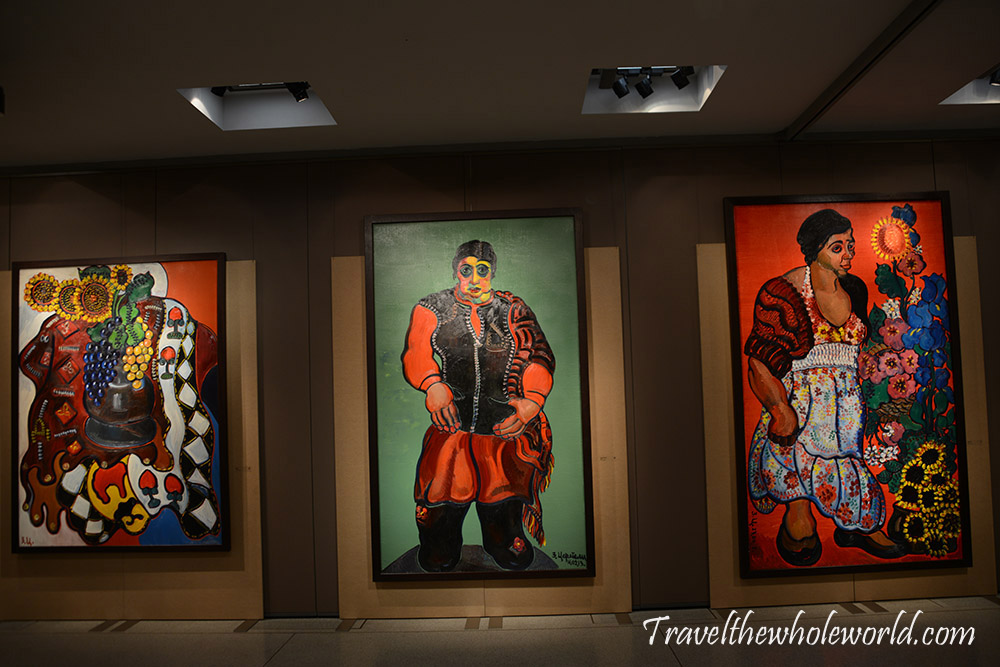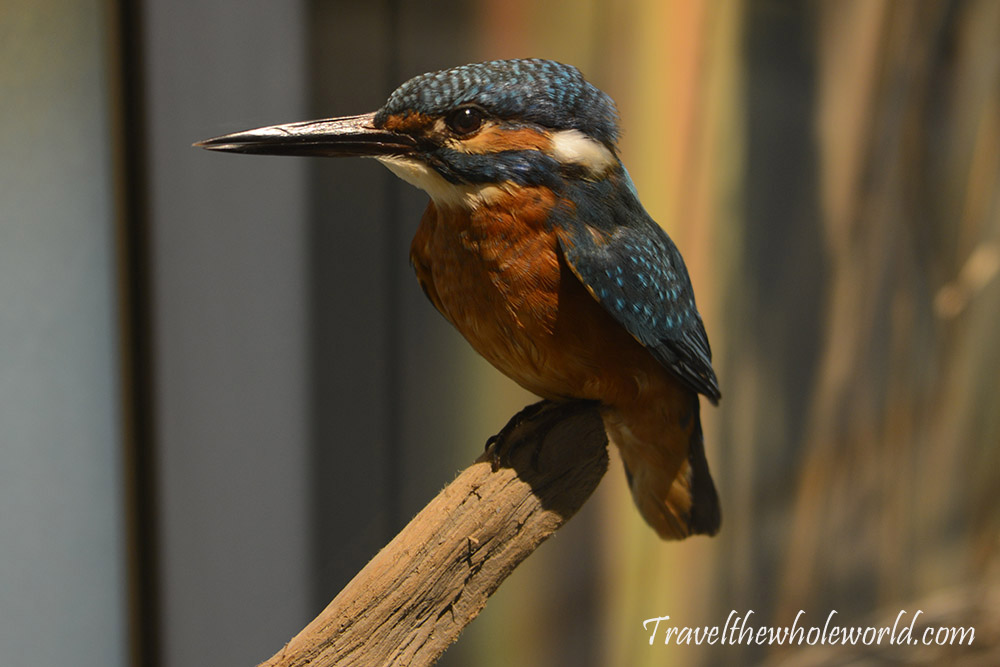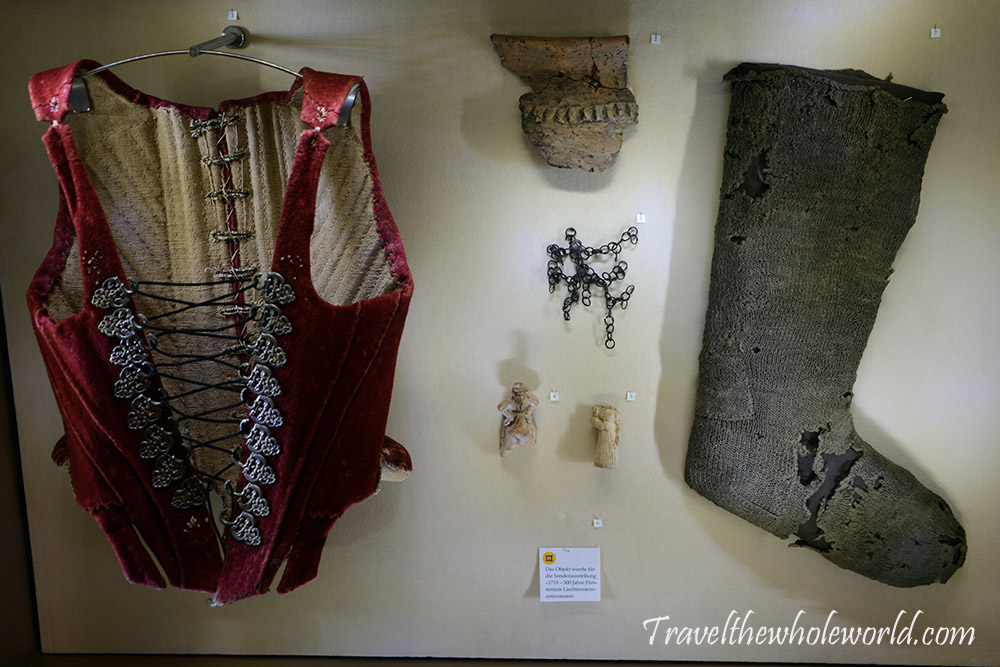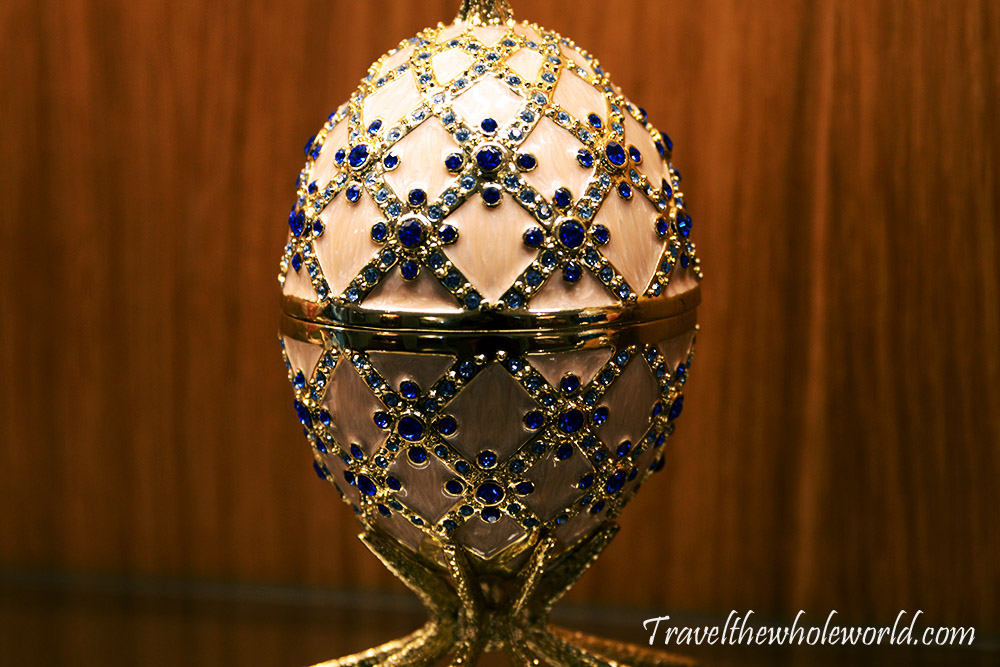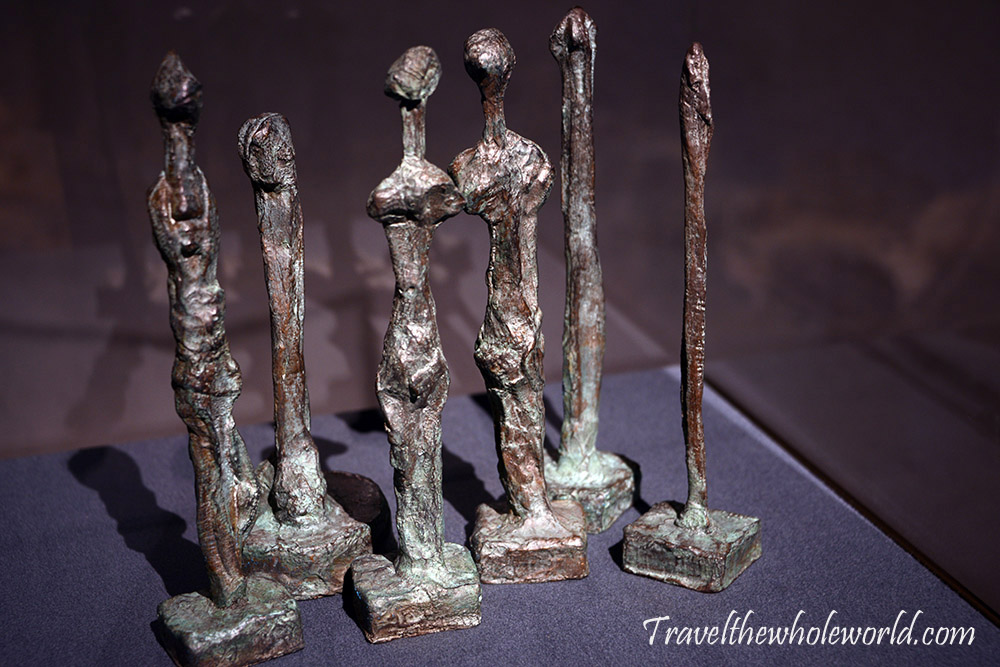Traveling in Liechtenstein
Hidden between is Switzerland and Austria, Liechtenstein is one of the world’s smallest countries. This tiny nation is actually the sixth smallest country in the world, with a population less than 40,000 people. All I really knew about Liechtenstein before I arrived was it was a small German speaking nation surrounded by mountains. As I drove north from Switzerland, this small town was my very first sight of Liechtenstein.
Even though Liechtenstein is so small, there are several towns within the country. The capital is Vaduz for example, but the largest city is Schaan which is photographed above. I feel like that’s a bit misleading though, because I actually took this photo of Schaan while I was in Vaduz! I think it’s possible to walk between the two and not realize you’ve left the capital. Furthermore, from my brief time in Schaan I gathered it was simply where the residents live and work. When I was there I found the majority of the shops closed even though it was the weekend. As it seemed my time was better spent back in Vaduz, I walked 20 minutes back to the capital.
Liechtenstein’s government is a constitutional monarchy, with the Prince of Liechtenstein as the head of state. The royal family has lived in Vaduz castle for hundreds of years. It’s not possible to visit the castle, but you can’t miss it while walking around the capital. I didn’t hike up to it, but my understanding was you’re free to walk along the perimeter as long as you don’t attempt to enter any of the castle grounds.
I visited Liechtenstein in 2019, right after they had just hit 300 years of independence from Germany. The exact day was the 23rd of January, so lots of celebrations and festivals took place during the winter. It seemed by summer there were only residual signs and information left above, but I take it this 300 year sign above is a permanent part of their capital now. The royal family is the only monarch in Europe that still practices agnatic primogeniture, which means only first born males may inherit the throne. Maintaining that tradition for 300 years is certainly impressive!
